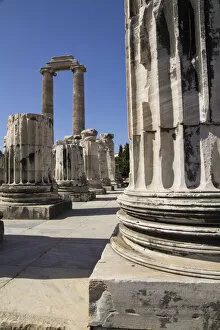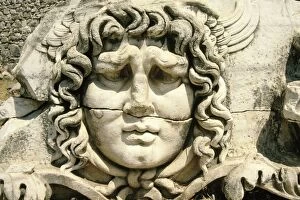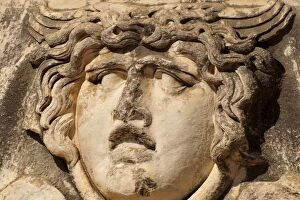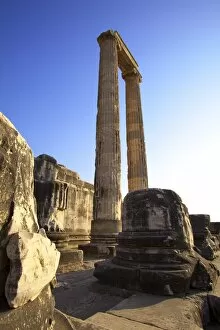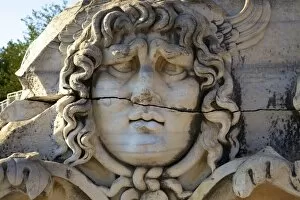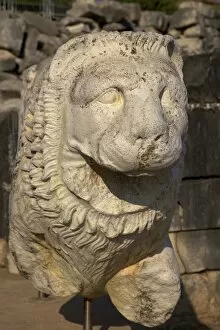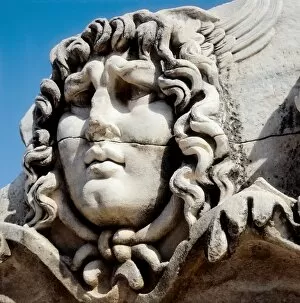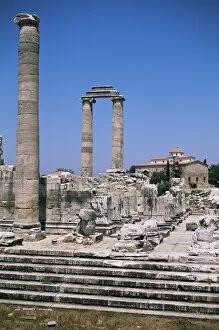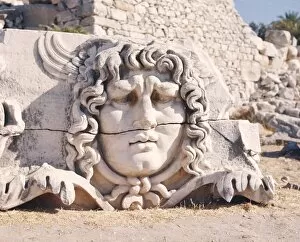Didyma Collection (#2)
Discover the captivating allure of Didyma, an ancient city located in Anatolia, Turkey
For sale as Licensed Images
Choose your image, Select your licence and Download the media
Discover the captivating allure of Didyma, an ancient city located in Anatolia, Turkey. Nestled in the heart of Asia Minor, this enchanting destination holds a rich history and breathtaking ruins that will transport you back in time. One of its most iconic features is the Head of Medusa, a mesmerizing sculpture found within the ruins of the Temple of Apollo. This intricate masterpiece showcases the incredible craftsmanship and artistic prowess prevalent during that era. As you explore these ancient grounds, be sure to immerse yourself in the beauty of nature as well. The Melitaea didyma butterfly gracefully flutters through the air, adding vibrant splashes of color to your journey. Its delicate wings serve as a reminder to cherish every moment and embrace life's fleeting wonders. The Temple of Apollo itself stands as a testament to human ingenuity and architectural brilliance. The ruins evoke a sense of awe and wonderment as you witness firsthand how this grand structure once stood tall against time's relentless passage. Gaze upon the Detail of Cornice adorned with Gorgon at Temple Of Apollo; it serves as a hauntingly beautiful reminder that even amidst destruction, art can endure for centuries. It also offers more than just historical remnants - it is home to diverse wildlife such as moon snails and nautilus shells which add an element of marine mystique to your exploration. Nature enthusiasts will delight in spotting rare species like Pine Beauty butterflies or Latin moths fluttering amongst lush foliage. Their presence reminds us that even amidst ancient ruins, life continues to thrive with resilience. Allow yourself to be transported back through millennia as you wander among these remarkable ruins –the Ruins osf (sic)the Temple Of Apollo Branchidae are particularly noteworthy- featured prominently in "The Principal Ruins Of Asia Minor" publication- showcasing Didyma's significance throughout history.

